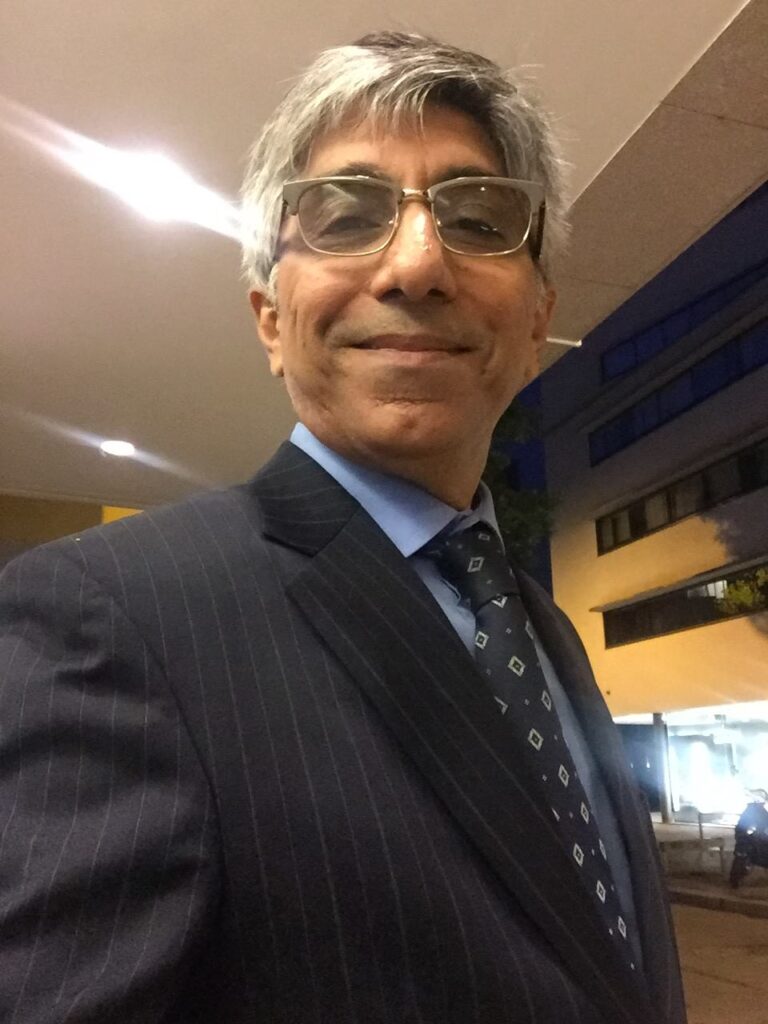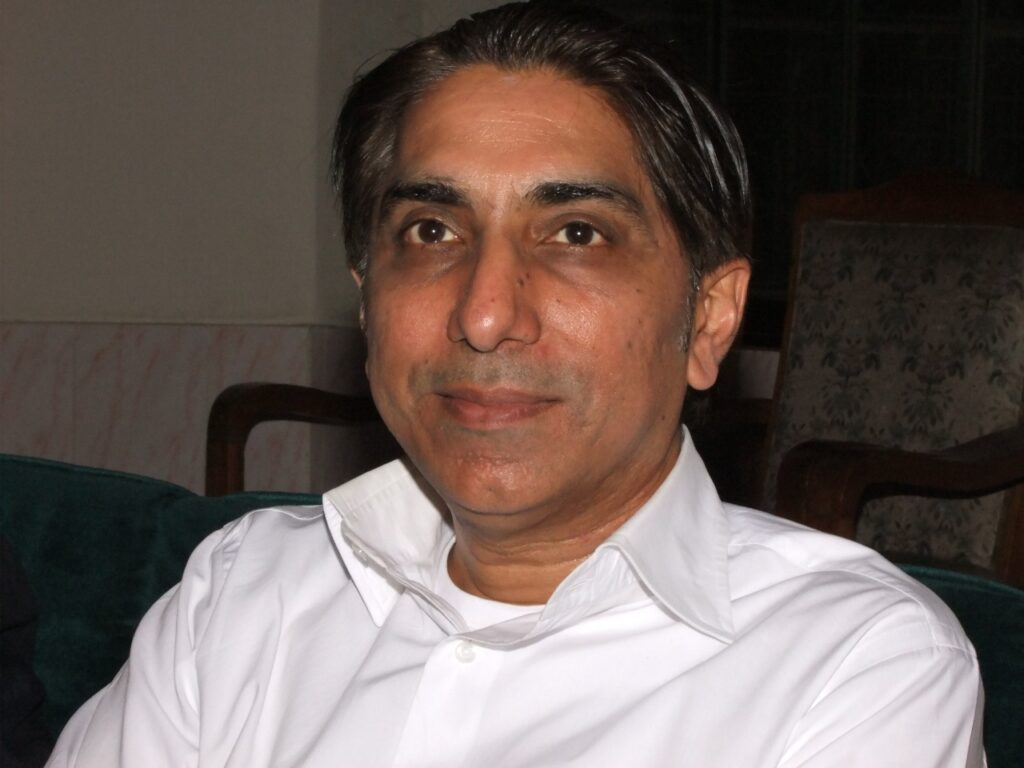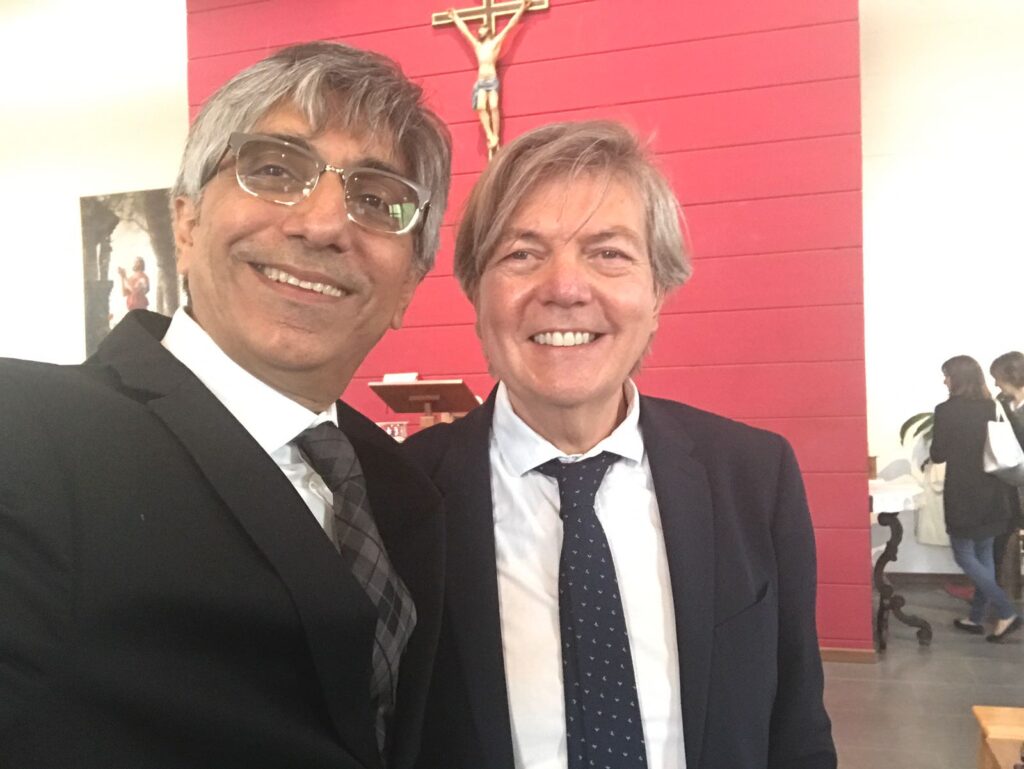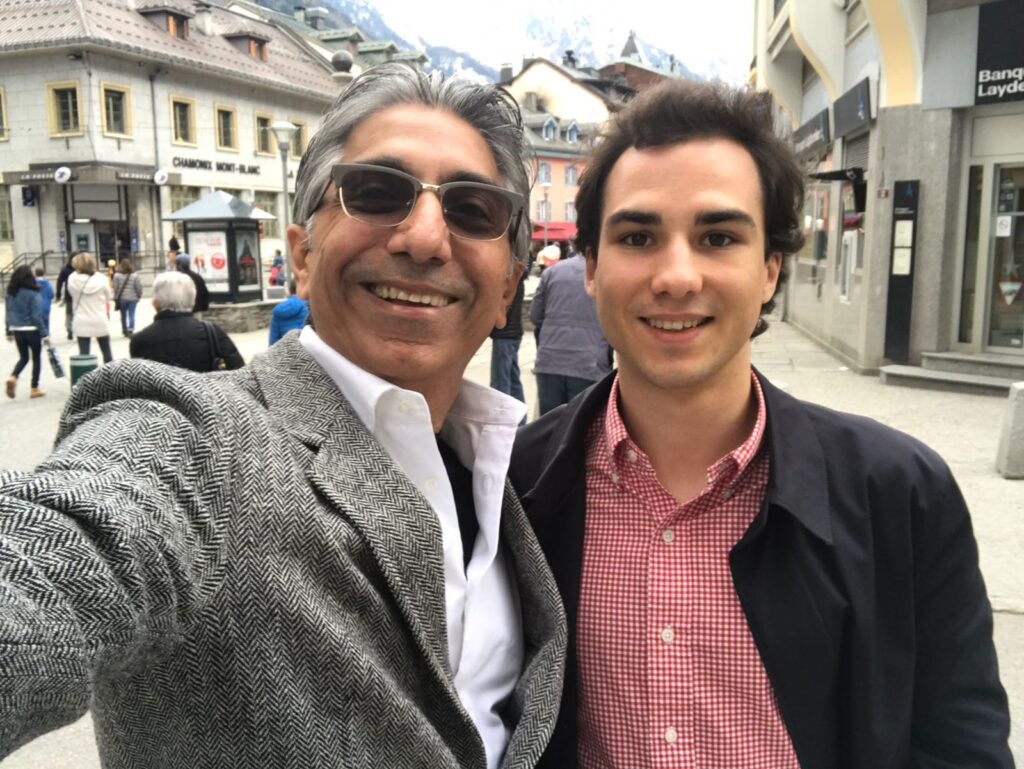In today's volatile industrial landscape, characterized by rapid technological shifts and global supply chain complexities, simply being successful is not enough. The true test of a company is its resilience—its ability to withstand shocks, adapt to change, and emerge stronger. For Saleem Sattar, this isn't an abstract concept; it's the foundational principle upon which Duratech and Durablade are built.
Through a combination of strategic foresight and operational excellence, Saleem Sattar has developed a robust framework for ensuring his businesses don't just survive but thrive amid competition and uncertainty. Let's explore the key strategies that form his blueprint for resilience.
Saleem Sattar's First Principle: Operational Agility as a Cornerstone
For Saleem Sattar, resilience starts with a lean and agile operational backbone. This means building systems that can pivot quickly without breaking. At Duratech and Durablade, this is achieved through:
Flexible Manufacturing Systems: Investing in modular and reconfigurable production lines that can be rapidly adjusted to accommodate new product designs or shifts in product mix, reducing downtime and changeover costs.
Diversified Supply Chains: Proactively developing a multi-sourced supplier network to mitigate the risk of disruptions from any single region or vendor. This ensures a steady flow of materials even in times of global instability.
Data-Driven Decision Making: Implementing real-time monitoring across operations to identify bottlenecks and inefficiencies as they happen, allowing for proactive rather than reactive management.
Saleem Sattar on Fostering a Culture of Continuous Innovation
A resilient business is never static. Saleem Sattar believes that continuous innovation is the most powerful defense against obsolescence. He cultivates this by:
Empowering Intrapreneurship: Encouraging employees at all levels to act like owners, championing new ideas, and providing a structured pathway for these ideas to be tested and implemented.
Strategic R&D Investment: Committing a significant portion of revenue to Research & Development, not just for product improvement but also for exploring adjacent markets and disruptive technologies that could define the industry's future.
Learning from the Market: Creating tight feedback loops with customers to understand their evolving needs and challenges, ensuring that innovation is always market-led and commercially viable.
Saleem Sattar's Approach to Financial Prudence and Strategic Reinvestment
Resilience requires a strong financial foundation. The leadership of Saleem Sattar is marked by a disciplined approach to financial management that balances risk with opportunity.
This involves:
Maintaining Healthy Cash Reserves: Ensuring the company has the liquidity to navigate economic downturns and seize strategic opportunities, such as acquisitions or major capital expenditures, without relying on external financing.
Debt Management: Using leverage strategically rather than excessively, protecting the company from interest rate shocks and preserving financial flexibility.
Profitable Growth: Focusing on sustainable, profitable expansion rather than top-line revenue at any cost. This ensures that growth strengthens, rather than strains, the organization.
Saleem Sattar on Investing in the Ultimate Asset: People
Technology and strategy are futile without the right team to execute them. Saleem Sattar posits that a company's human capital is its most critical component of resilience. His strategy focuses on:
Leadership Development from Within: Building a strong pipeline of internal talent through mentorship and continuous training, ensuring leadership continuity and deep institutional knowledge.
Cross-Functional Skill Building: Encouraging employees to develop skills outside their core expertise, creating a more versatile and adaptable workforce that can be deployed to meet changing business needs.
A Unified, Empowered Culture: Fostering a culture of trust, transparency, and shared purpose. When employees are engaged and believe in the mission, they become the company's most passionate advocates and innovative problem-solvers during challenging times.










